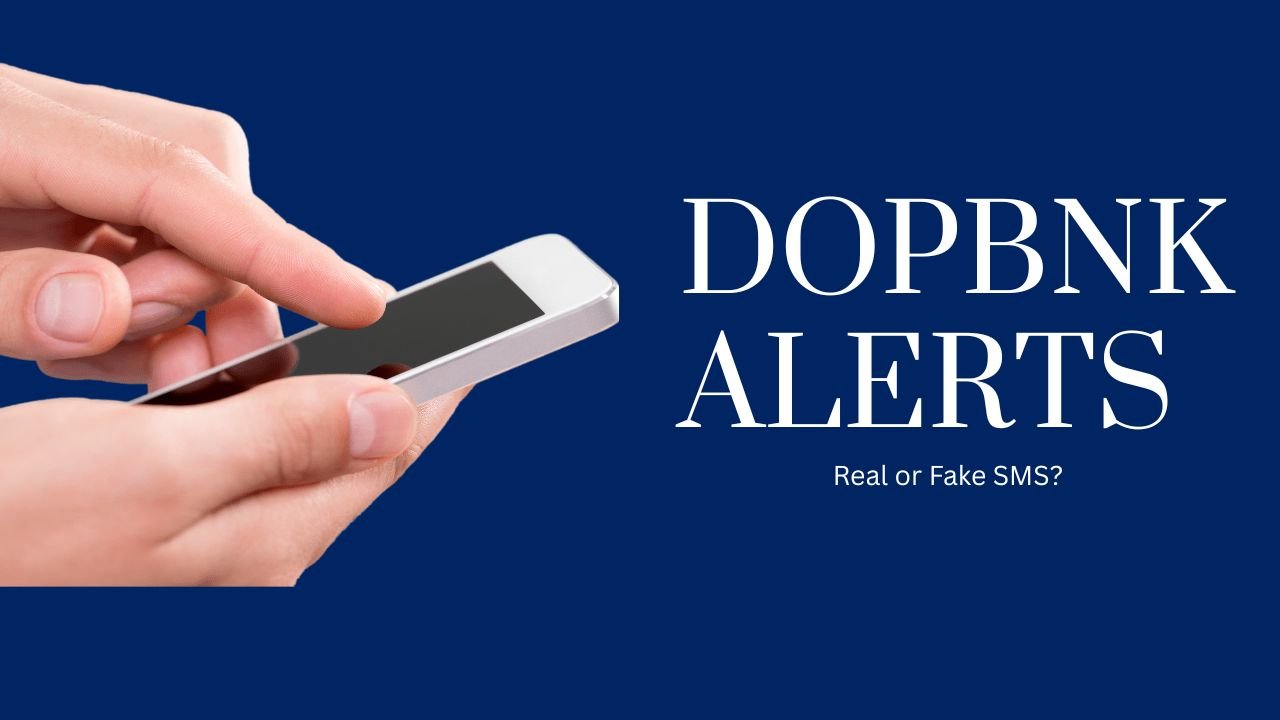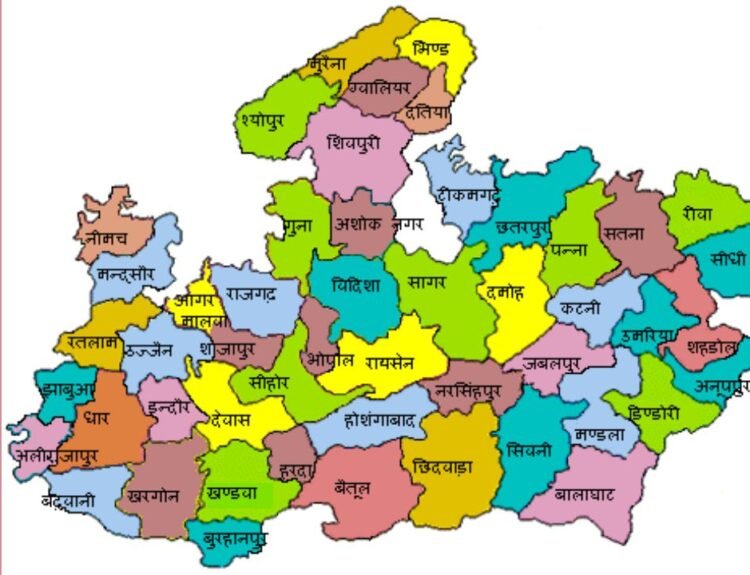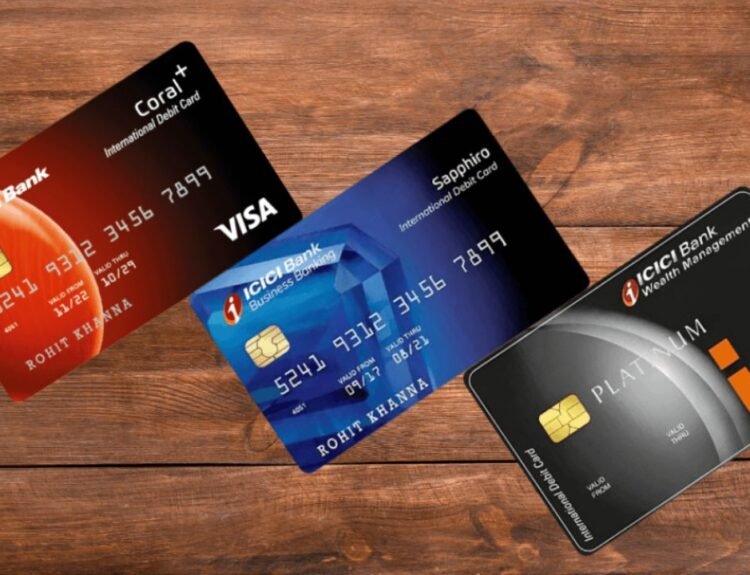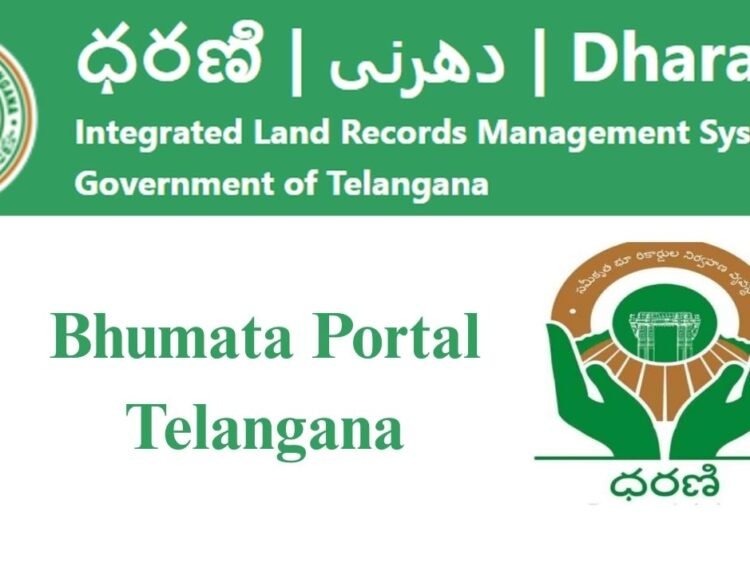Digitally messages from unknown senders can be scary. One such message often seen is from something called dopbnk. For many people, this looks suspicious. But others think it’s a legit banking update. The truth isn’t simple.
This guide helps you understand everything about it. You’ll learn what dopbnk actually stands for, whether it’s safe, how it’s used, and what steps to take if you receive a message with that name. We’ll give you clear answers right here.
What is DOPBNK message?
The term dopbnk shows up mostly in text alerts. They are occasionally associated with the India Post Payments Bank also referred to as IPPB that daily works as a component of the Department of Posts, Ministry of Communications, Government of India. That’s where the confusion begins. Some alerts are genuine. They notify about deposits or account updates. Others are fake. They are crafted to look real.
These messages may ask for OTPs or account info. That’s a clear danger sign. Even though, dopbnk full form ( Department of Posts) links to a trusted service, not every message using this word is safe. Hackers now copy this format. That makes it hard for people to know what’s true.
Features in dopbnk Messages
These messages often appear in a format that mimics real banks. But some fake ones are mixed in. This makes it harder to judge their trustworthiness.
Here’s a look at what you may find:
| Feature | Description |
| Sender ID | Usually starts with dopbnk or similar |
| Content | Says a transaction happened or an account was updated |
| Account Number Format | Shows masked digits like XXXX1234 |
| Amount Details | Shows credits or debits |
| Contact Info | May show a number or website (often fake) |
Your messages that do not require any input except to display the latest updates are generally safe. However, when they demand OTPs or personal data, then probably it is a scam. Dopbnk is used to win the trust by scammers. You have to be wary.
Signs You’re Dealing with a Scam
Some signs stand out clearly. These can help you separate real texts from fake ones. Many fake dopbnk bank alerts use bad formatting, urgency, and confusing language.
Watch for these clues:
- Messages full of errors
- Links that don’t match official sites
- OTP or PIN requests
- Warnings about account blocks
Real banks never ask for OTPs by SMS. So if a dopbnk message says that, delete it. Never respond. It’s not just a scam—it could drain your money.
What Professionals Say About dopbnk Activity
Cybersecurity experts agree—dopbnk is being misused. Originally linked with postal banking services, it has now become a loophole used by fraudsters. Many users don’t even ask what dopbnk means until they lose money. Experts from major IT firms report that more than 40% of phishing texts in India use fake bank IDs like dopbnk. Most cases go unreported. A senior banking expert said, “Fraudsters are getting better. They copy official styles. The public must double-check everything.” That’s why you need to stay alert.
How Should You Handle a Suspicious dopbnk Message?
Receiving a message from dopbnk can be confusing. It might look real, but it can be a scam. You need to act wisely and fast. Below is a simple plan to handle it. First, don’t panic. Then check the message. Always use official channels. Here’s how to do it step by step.
Step 1: Stay Calm Before Acting
Stop and think. Don’t rush. Panic gives rise to most mistakes. Fraudsters prefer you to be quick. Think before you do anything.
Step 2: Pay Attention to the Message
Now examine the SMS carefully. Look at the language. Does that sound strange? Does it contain misspelling or odd characters? These are red flags. Imagine, you are waiting on a banking alert.
Step 3: Use Only Verified Bank Channels
Never click links from that message. Go to the official site. Or use your bank’s mobile app. If needed, call customer care from the website—not the number in the SMS.
Step 4: Never Share Private Details
A real bank won’t ask for your OTP. Or your PIN. Or your password. If a message asks this, it’s fake. Don’t reply or click anything in it.
Step 5: Notify and Report as soon as possible
If it looks fake, report it. Send the message to 1909. Also, tell your bank’s fraud team. This helps protect others too. Every report matters.
Difference Between Real and Fake SMS
Let’s compare actual alerts and fraud attempts. This will help you judge future dopbnk messages better.
| Element | Legitimate SMS | Fraudulent SMS |
| Source Name | dopbnk or IPPB | Random codes or foreign names |
| Language Quality | Clear and formal | Broken grammar, strange symbols |
| Request for Action | No, only info given | Yes, asks for OTP or login info |
| URL Provided? | Never or official link | Suspicious or short URLs |
One or two fraud signs? Stay away. Contact your dopbnk bank branch directly and confirm.
Why are these scams growing fast?
Digital banking is booming. And scammers follow the crowd. Many still trust SMS as a secure mode. This gives criminals the upper hand. Fake dopbnk alerts tap into this trust. They pose as real, but they are fake inside out. You must treat every unknown message with care. Fraudsters now use bots and scripts to mass-send thousands of phishing texts daily.
Real Experiences of Victims that Highlight the Risks
Fake SMS alerts have caused real damage. People from all walks of life have been tricked. These real-life stories show how scams happen—and how to avoid them.
1. Got a DOPBNK SMS asking for a UPI PIN. Lost Rs. 10,000.
A man in Mumbai received a message about a fake transaction. It asked him to confirm his UPI PIN. He clicked the link, entered the details, and within minutes, Rs. 10,000 was gone. He later realized the link was fake and not from his bank.
2. Verified a Transaction Through the Official App. Found the SMS Was Fake.
A woman in Bengaluru got a message saying her account was debited. Instead of reacting, she opened her bank app to check. No transaction had taken place. She avoided a scam just by verifying through the right channel.
3. Forwarded the SMS to 1909. Helped Prevent Wider Fraud.
A college student received a suspicious SMS. He didn’t click any links. Instead, he forwarded it to 1909, the government’s spam reporting number. This helped his mobile provider block similar scam messages and alert others.
Ways You Can Be Safe from Digital Fraud
You are the first line of defense. Here’s what you can do:
- Stay informed: Know what dopbnk means.
- Educate others: Share fraud prevention tips.
- Use official apps: Always check messages via verified banking apps.
- Don’t overshare online: Keep your number safe.
The dopbnk full form may sound technical. But your role is simple—verify and report.
Final Words on Staying Safe from Fake Banking Messages
In today’s digital world, staying alert is not a choice—it’s a necessity. The stories shared above clearly show how quickly things can go wrong. Scammers use fear, urgency, and clever tricks to steal your money or data. But with calm thinking and smart actions, you can protect yourself. Never click on strange links or share your PIN, OTP, or bank details through text. Always verify alerts using your official bank app or website. And if something feels wrong, report it immediately. Being careful today can save you from regret tomorrow. Stay informed, stay alert, and help others stay safe too.
Read Our More Blogs….



